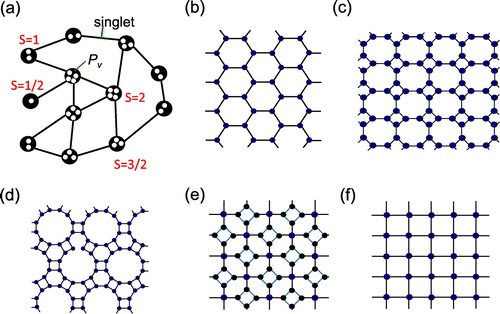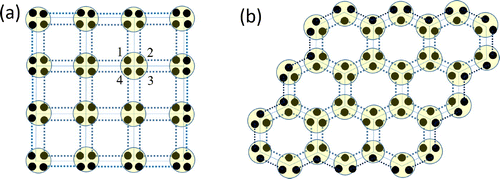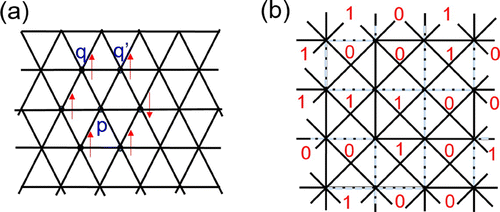Figures & data
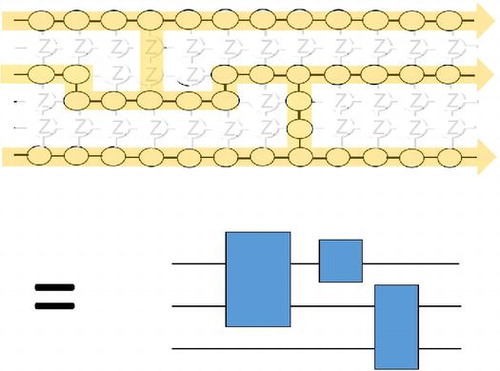
Figure 2. Conversion of graph states: (a) Square lattice; (b) Brickwork lattice. Solid black circles indicate Z measurements and meshed red circles indicate Y measurement.

Figure 3. Gates implementation: (a) two independent one-qubit gates; (b) CNOT gate. The symbols inside the circles indicate the measurement angles.

Figure 4. From AKLT to a graph state. (a) A spin-1 chain; (b) Spin-3/2 case on the honeycomb lattice. Encoding is indicated by shapes with the same color. The new edges are derived from the original edges in a mod-2 fashion, as can be seen in (b).
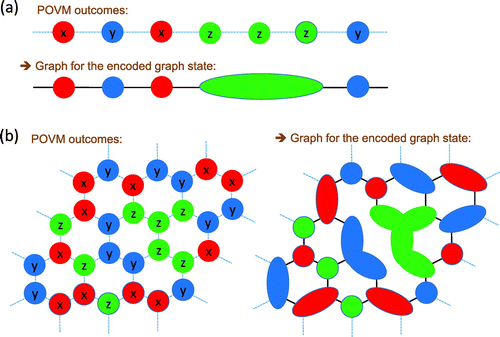
Figure 5. AKLT states on graphs or 2D lattices. (a) Arbitrary graph: showing virtual qubits on each site. The physical spin is a projection from the symmetric subspace of the virtual qubits to a spin S Hilbert space. (b) Honeycomb lattice. (c) Square-octagon lattice. (d) Cross lattice. (e) Hexagon-square lattice. (f) Square lattice.
